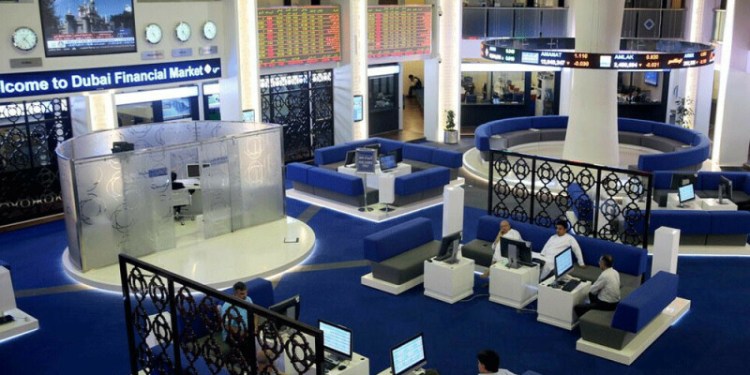The price of rubber rebounded on Tuesday morning (25/07), in line with the strengthening of crude oil prices. The rubber price (December 2017 delivery, the most-active contract on the Tokyo Commodity Exchange), had risen 2.05 percent to 213.60 yen per kilogram (kg) by 10:05 am local Jakarta time, while earlier this morning, rubber prices had in fact fallen 0.62 percent directly after the opening of trade.
Rubber prices are currently being supported by strengthening crude oil prices after giant oil producer and OPEC member Saudi Arabia pledged to reduce exports in August to help curtail the global crude oil excess.
Saudi Arabia Energy Minister Khalid al-Falih said his country will limit crude exports by 6.6 million barrels per day (bpd) in August, or nearly 1 million bpd below last year’s level. Meanwhile, Russian Energy Minister Alexander Novak stated that an additional 200,000 barrels per day of crude oil could be removed from the market if compliance with a global deal to cut output was 100 percent.
Gu Jiong, analyst at Yutaka Shoji, said investors are starting to buy back (natural) rubber as crude oil prices rise.
There are two types of rubber: (1) natural rubber and (2) synthetic rubber. Natural rubber is made from the juice (latex) of the rubber tree, whereas the synthetic type is made from petroleum. Hence when crude oil prices rise investors tend to switch to natural rubber. This is possible because both rubber types are interchangeable.
Meanwhile, Japan’s yen pulled back from a five-week high versus the US dollar on Tuesday morning. A weaker yen tends to support rubber prices.
Rubber Futures (December 2017 Contract at TOCOM):
| 19 July | 20 July |
21 July | 24 July | 25 July | |
| Price (Yen/kg) |
207.70 | 216.20 | 214.50 | 209.30 | 213.60¹ |
¹ 10:05 am local Jakarta time
Source: Bisnis Indonesia


























